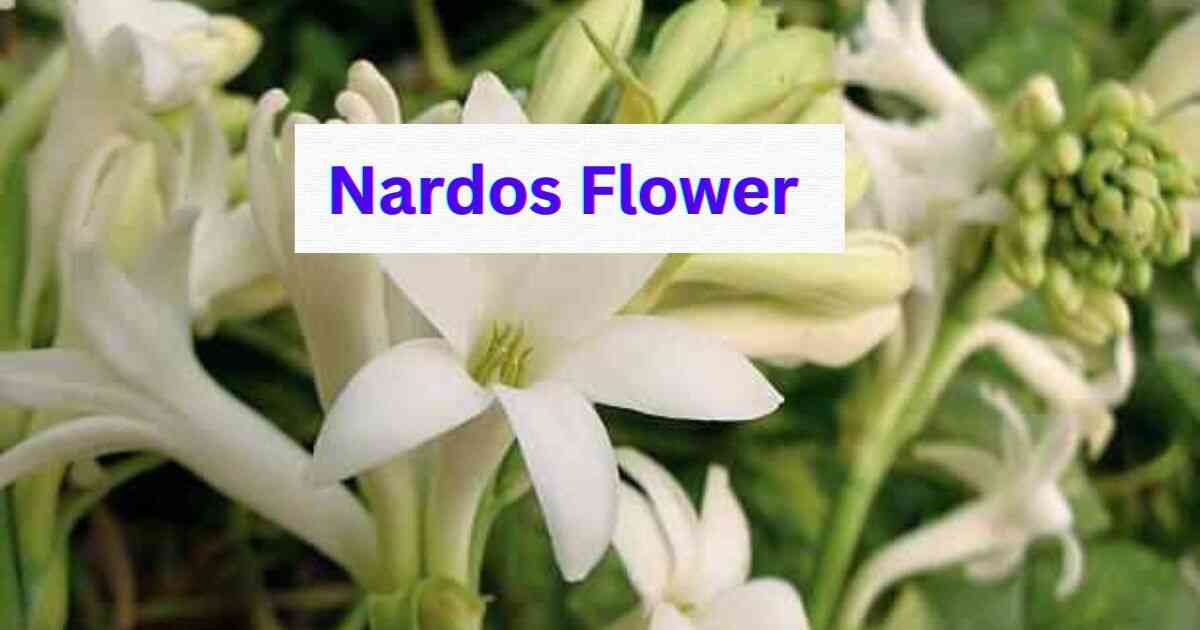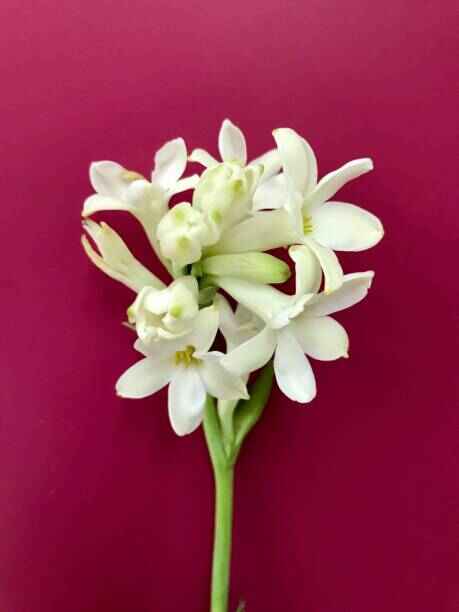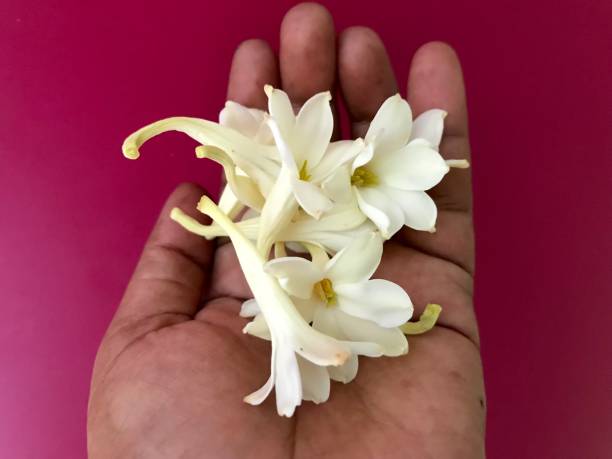The Nordos flower is a captivating bloom known for its vibrant colors and unique appearance. This flower, which belongs to the lesser-known species, has been gaining popularity among gardening enthusiasts and florists alike. In this article, we’ll explore everything you need to know about the Nordos flower, including its uses and how to care for it effectively.

What is the Nordos Flower?
The Nordos flower, also known as Nordosium, is a perennial plant native to certain regions with moderate climates. It thrives in areas with well-drained soil and ample sunlight. This flower is admired for its rich hues, which range from deep purples and reds to bright yellows and oranges. Its unique petal structure and striking color patterns make it a standout in any garden or floral arrangement.
Uses of the Nordos Flower
Ornamental Uses
The primary use of the Nordos flower is ornamental. Its vivid colors and distinctive appearance make it a popular choice for gardens and landscaping projects. Many gardeners plant Nordos flowers in flower beds, borders, and containers to add a splash of color and texture.
Floral Arrangements
Florists often use Nordos flowers in bouquets and floral arrangements. Their vibrant colors and long-lasting blooms make them ideal for creating eye-catching displays. Whether for weddings, events, or everyday decor, Nordos flowers bring a touch of elegance and freshness.
Symbolic Meanings
In addition to their aesthetic appeal, Nordos flowers hold symbolic meanings in various cultures. They are often associated with love, passion, and creativity. Giving a bouquet of Nordos flowers can convey deep emotions and sentiments, making them a meaningful gift.
Medicinal Uses
While not as commonly known, some traditional medicine practices use parts of the Nordos plant for their purported health benefits. These uses include making teas or extracts believed to have soothing and anti-inflammatory properties. However, it’s essential to consult with a healthcare provider before using Nordos flowers for medicinal purposes.

Cultivation and Care
Planting Nordos Flowers
Proper planting is crucial for the healthy growth of Nordos flowers. Here’s how to get started:
- Choose the Right Location: Select a spot with full sun or partial shade. Ensure the soil is well-drained to prevent root rot.
- Soil Preparation: Nordos flowers prefer slightly acidic to neutral soil (pH 6.0-7.0). Amend the soil with compost or organic matter to enhance fertility.
- Planting Time: The best time to plant Nordos flowers is in the spring or early fall. This allows them to establish roots before extreme temperatures set in.
- Spacing: Space the plants about 12-18 inches apart to ensure adequate airflow and reduce the risk of disease.
Watering
Watering is a critical aspect of Nordos flower care. These tips will help keep your plants hydrated:
- Consistent Moisture: Keep the soil consistently moist but not waterlogged. Overwatering can lead to root rot.
- Deep Watering: Water deeply once or twice a week, allowing the water to penetrate the soil and reach the roots.
- Mulching: Apply a layer of mulch around the base of the plants to retain moisture and regulate soil temperature.
Fertilizing
Nordos flowers benefit from regular feeding. Here’s how to fertilize them effectively:
- Initial Fertilization: Apply a balanced, slow-release fertilizer at the time of planting.
- Regular Feeding: Feed the plants every 4-6 weeks during the growing season with a water-soluble fertilizer.
- Avoid Over-fertilizing: Excessive fertilizer can lead to lush foliage at the expense of blooms. Follow the recommended dosage on the fertilizer package.
Pruning and Deadheading
Pruning and deadheading help maintain the health and appearance of Nordos flowers:
- Deadheading: Remove spent blooms regularly to encourage new growth and prolong the flowering period.
- Pruning: Trim back any dead or damaged stems to promote healthy growth and improve air circulation.
Pest and Disease Control
Nordos flowers are generally resilient, but they can still be susceptible to pests and diseases:
- Common Pests: Watch out for aphids, spider mites, and caterpillars. Use insecticidal soap or neem oil to manage infestations.
- Disease Prevention: Ensure good air circulation and avoid overhead watering to prevent fungal diseases like powdery mildew and root rot.
- Regular Inspection: Inspect the plants regularly for any signs of pests or disease and take prompt action if needed.
Overwintering
In regions with cold winters, it’s important to protect Nordos flowers from frost:
- Mulching: Apply a thick layer of mulch around the base of the plants to insulate the roots.
- Covering: Use frost blankets or cloches to cover the plants during extreme cold snaps.
- Indoor Storage: In particularly harsh climates, consider digging up the tubers and storing them indoors in a cool, dry place until spring.

Propagation of Nordos Flowers
Propagating Nordos flowers can be done through seeds, cuttings, or division:
Seed Propagation
Growing Nordos flowers from seeds is a rewarding process:
- Seed Collection: Collect seeds from mature flowers at the end of the growing season.
- Sowing: Sow the seeds in seed trays filled with a seed-starting mix. Lightly cover them with soil.
- Germination: Keep the soil moist and place the trays in a warm, sunny location. Seeds should germinate in 2-4 weeks.
- Transplanting: Once seedlings have several true leaves, transplant them into individual pots or directly into the garden.
Cuttings
Propagating from cuttings is another effective method:
- Selection: Choose healthy, non-flowering stems for cuttings.
- Cutting: Cut a 4-6 inch section just below a leaf node.
- Rooting: Dip the cut end in rooting hormone and plant it in a pot filled with a well-draining soil mix.
- Care: Keep the soil moist and place the pot in a bright, indirect light location. Roots should develop in a few weeks.
Division
Division is ideal for established plants:
- Digging Up: Carefully dig up the plant without damaging the roots.
- Splitting: Divide the root clump into smaller sections, ensuring each section has roots and shoots.
- Replanting: Replant the divisions in prepared soil, spacing them appropriately.

Conclusion
The Nordos flower is a versatile and stunning addition to any garden or floral arrangement. With its vibrant colors and unique appearance, it can enhance the beauty of your outdoor and indoor spaces. By following the care tips outlined in this article, you can ensure that your Nordos flowers thrive and continue to bring joy for many seasons to come. Whether you’re a seasoned gardener or a beginner, Nordos flowers are a wonderful choice for adding color and charm to your surroundings.



